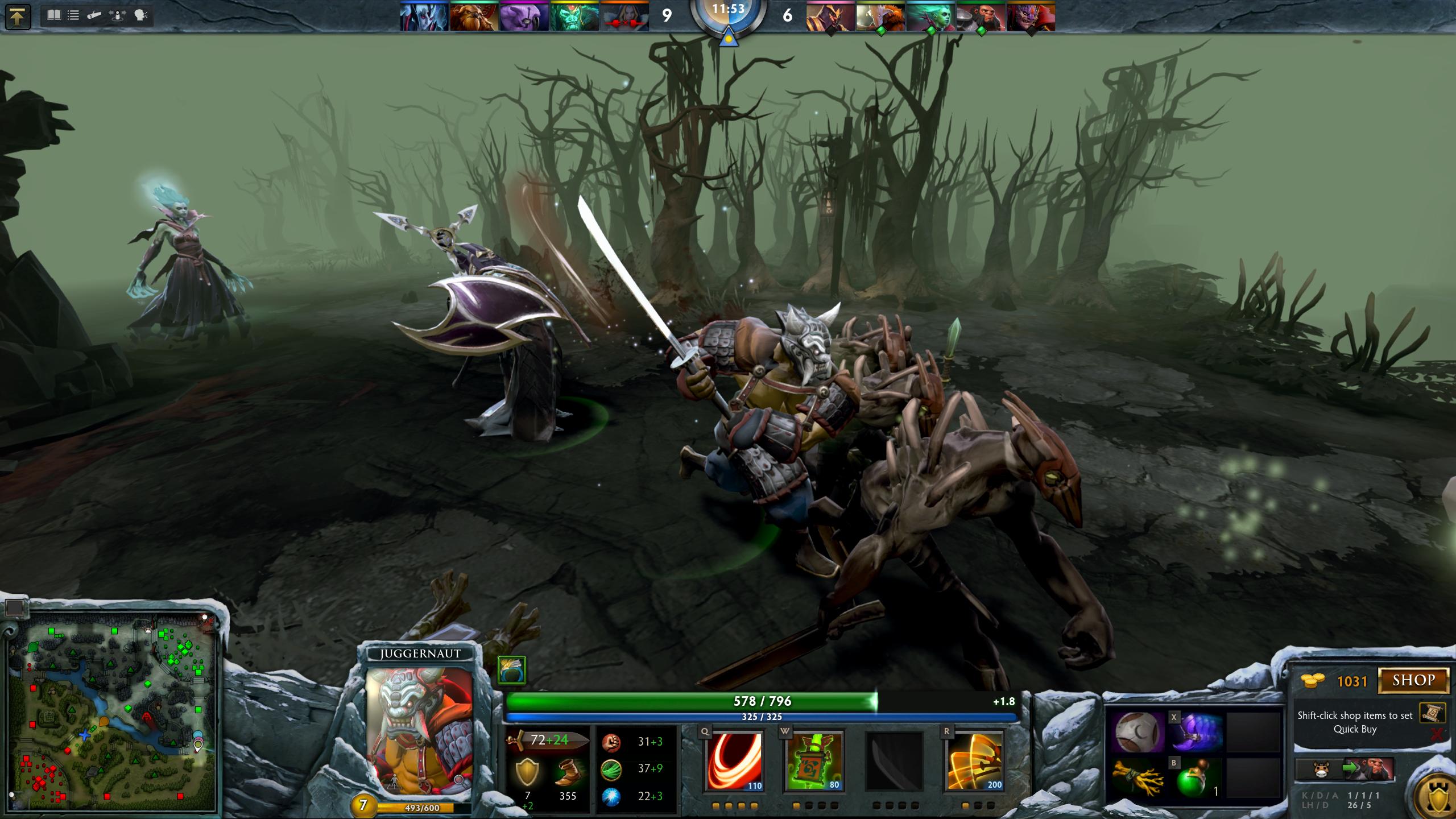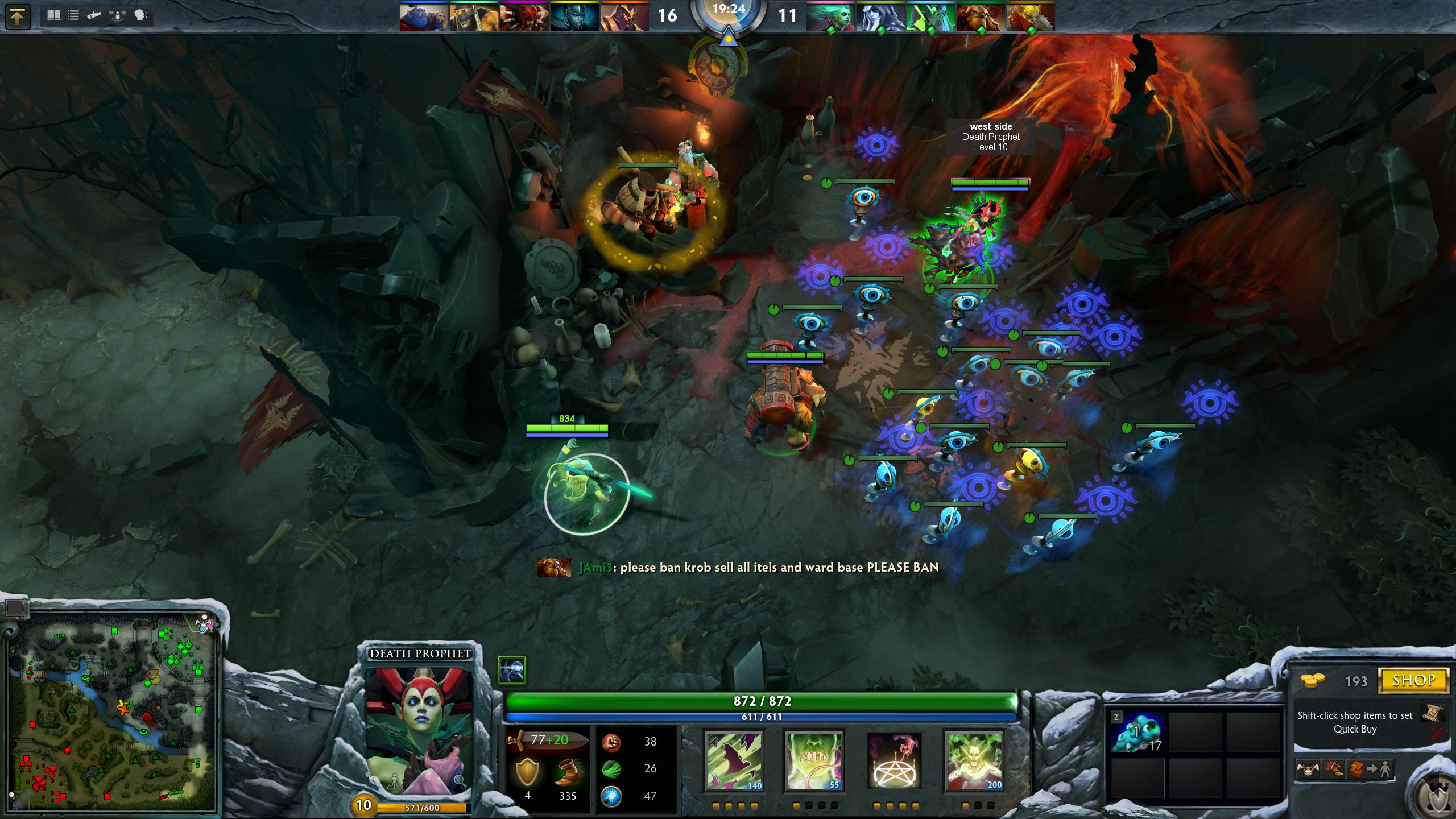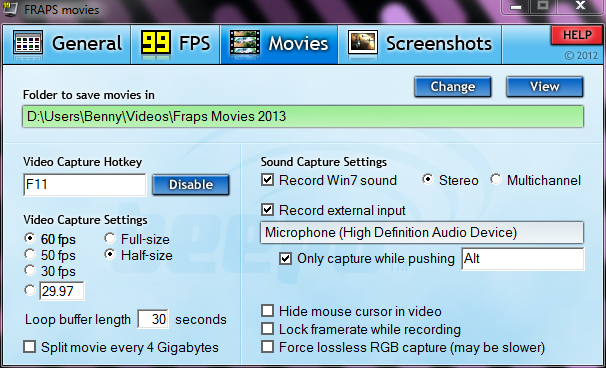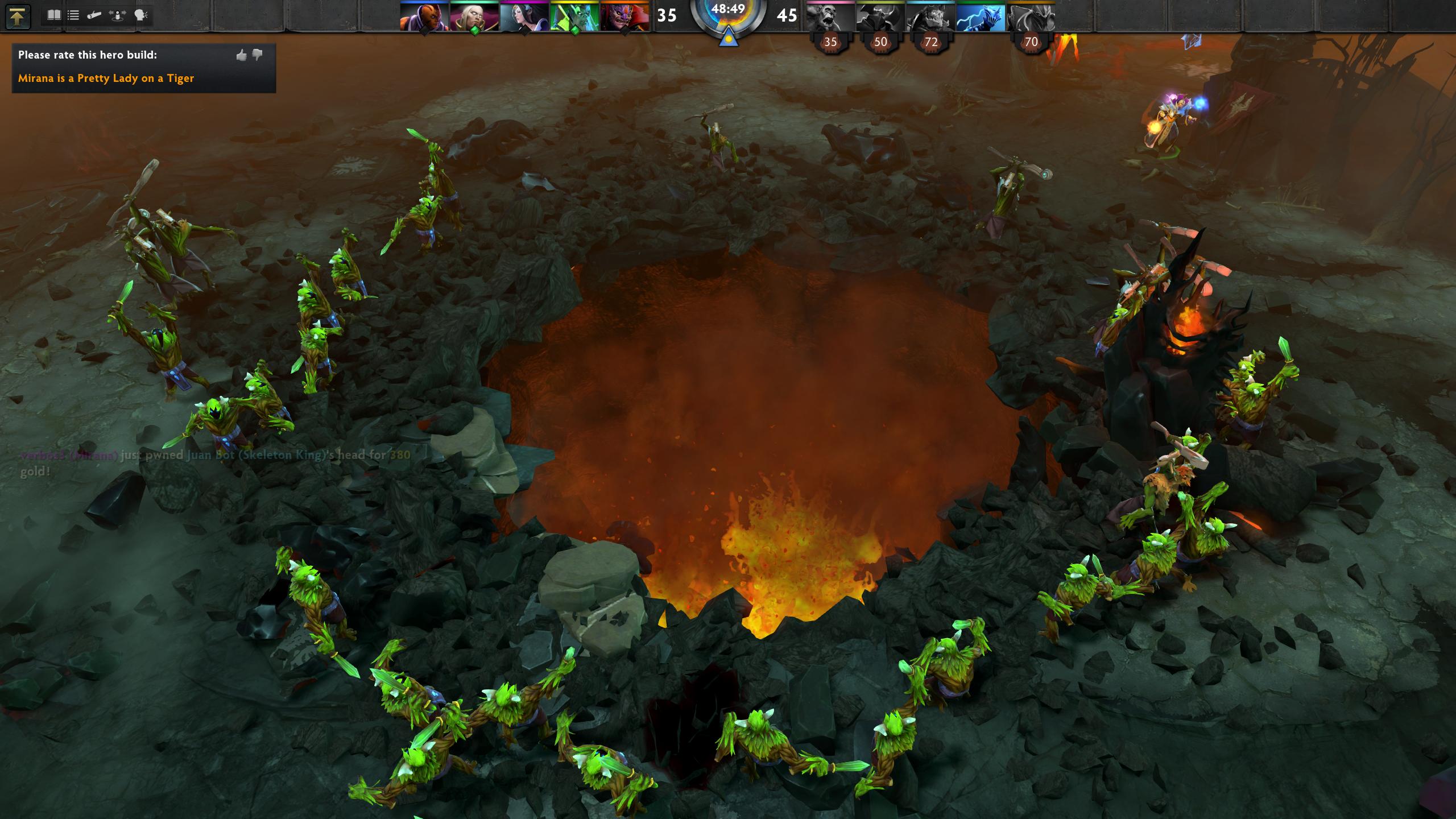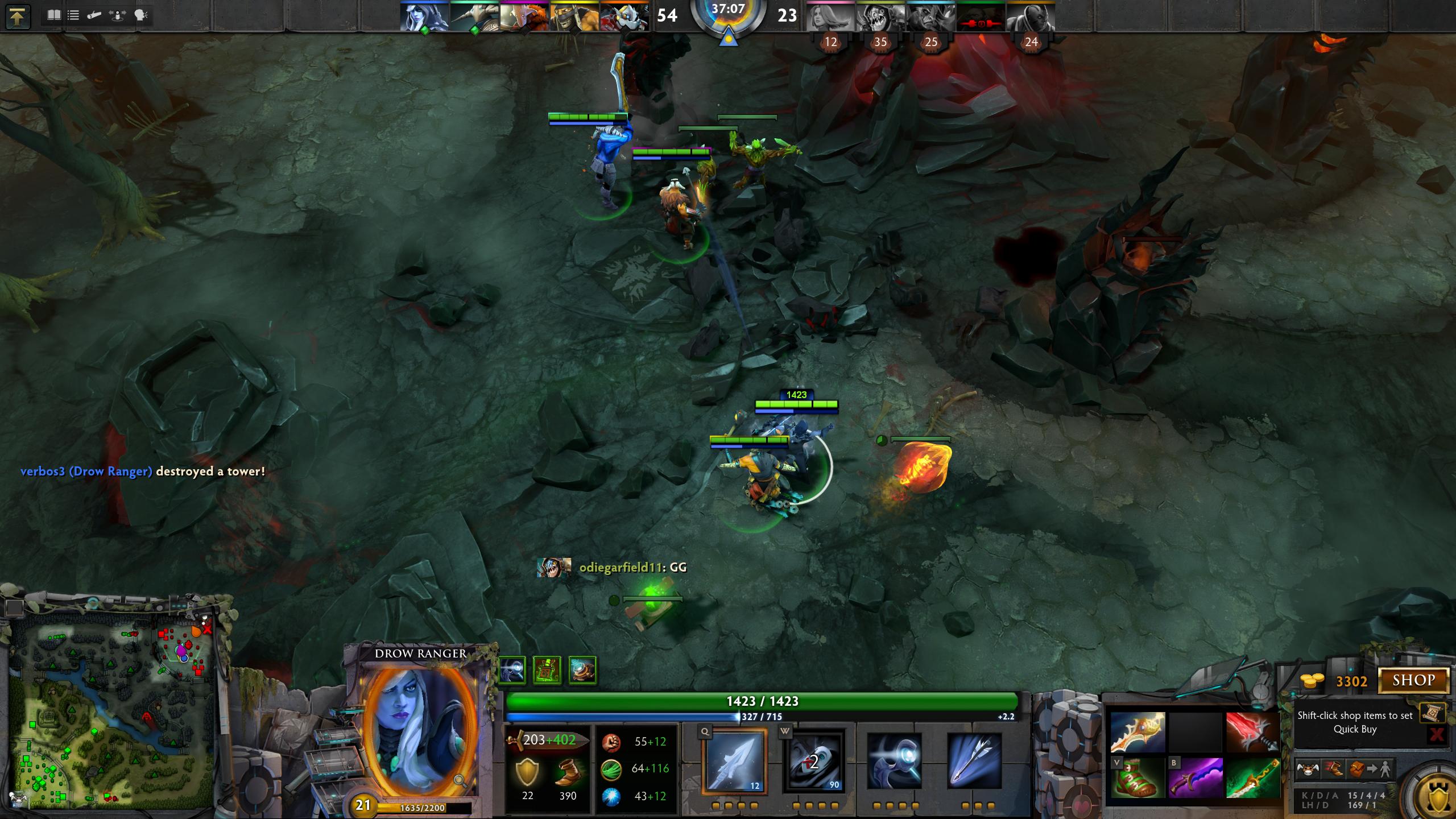Casual readers of this blog might think that this will be another post on the latest title from Telltale Games, purveyors of the finest point-and-click adventure games around. I’ve previously reviewed The Walking Dead: Season One (the video game), and plan to dive into The Walking Dead: Season Two and The Wolf Among Us very soon, but no, these aren’t about those kinds of point and click adventure games per se. At least, not the ones you might be thinking about.
I’ve played a lot of ARMA 2. Along with DotA 2, it’s pretty much all I play these days. (According to my Steam stats, DotA 2 has the lead in terms of gameplay time.) It all started with the DayZ mod a few years ago, but since then a few of us have moved on to Wasteland, which is less about scavenging for survival items as it is about simply hunting down and killing others, building bases, that kind of thing. Kind of like a realistic version of Battlefield or Counterstrike, if you will.
Anyway, we’ve been spending a lot of time on a server that doesn’t have that many powerful guns. Perhaps less than ten are are one-hit one kill, and of those, only a handful can do so at range. The M110 with NV Scope is my current favourite weapon, purely because it’s so easy to get kills with it. Provided you’ve calculated the range properly (something that comes with experience, a few map waypoints, or if all else fails, a rangefinder), it’s ridiculously easy to get kills; you can hit someone anywhere and kill them. It also has very little recoil, meaning you can fire off a number of shots in quick succession without having to re-adjust for every shot. All this means it’s a veritable killing machine, in the hands of the right operator (in ARMA 2, anyway).
Short explanation of the video below: it all starts by us hearing about a base to the West of Kamenka. Armed to the teeth, we head over to see if the rumours are true. On the way, an immobile tank objective pops up, and a short while later, we spot an SUV driving along the main road. Things happen rather fast from that point: Janson takes out a tyre with a well-timed and well-aimed shot, which causes the SUV to skid to a halt. One guy doesn’t get out of the (now on fire) SUV fast enough and dies. Strike dies as five others pour out of the vehicle, guns up. I pop up momentarily, manage to kill one with a lucky shot, and get back down. I notice they’re all gathered on the opposite side of the road, next to a wooden house, so I put my eye to the scope, pop up, and take aim. I fire a round just as the first starts to run, and he’s down. I move across to the right, and fire off five more shots. One, hit. Two, hit. Three, hit. Four, miss — I quickly compensate and fire off the last shot. Five, hit. And like any good point and click adventure game, that’s the end of that.
